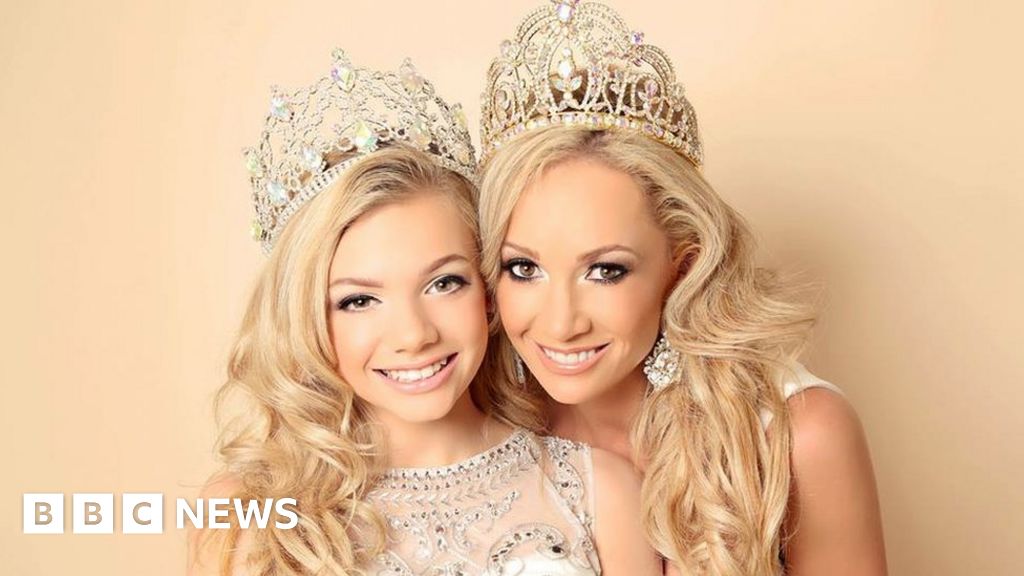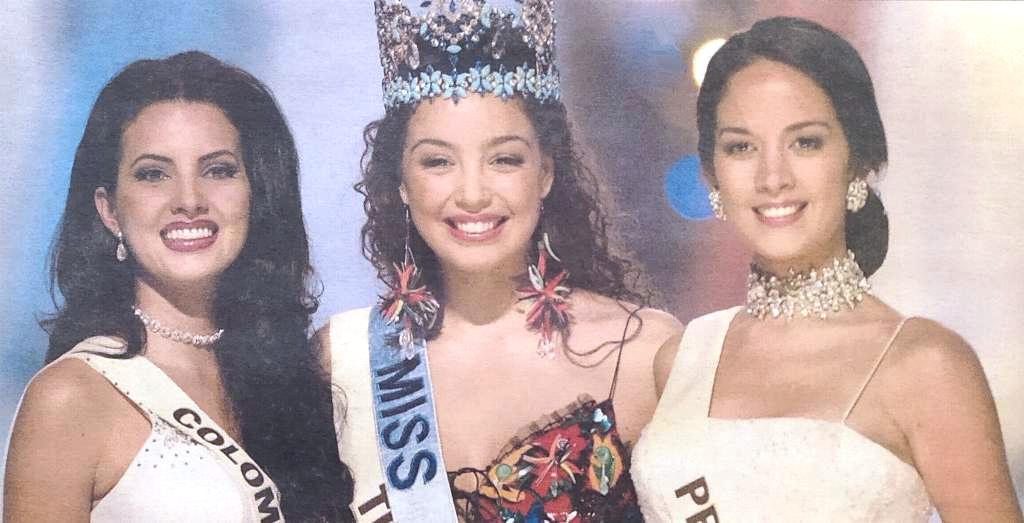

The talent portion represents 25 percent of the scoring. This score is also 15 percent.Įach young woman is preparing a performance that will be judged on originality, ability, and appropriateness. The poise portion of the competition, will gauge composure and grace in an evening gown. The fitness score will be 15 percent of the total. Elements of stamina, agility and coordination will reflect the health and well-being of each contestant. A group number performed by all entrants will give the judges a chance to rate fitness. The evening program is the judging of on-stage presentations.

After looking at transcripts of each young woman, along with other standardized test scores, a rating for scholastics will be awarded.

The interview score will comprise 25 percent of the total. That afternoon, the judges will have met one-on-one with the contestants to conduct interviews. Scholarship, personality, character, physical well being and creativity are areas of emphasis.īefore the audience even enters the auditorium on Aug. Strict judging standards are established by the national program. “The mission of the Junior Miss,” the national program states, “is to empower outstanding high school women, by providing scholarship opportunities, developing life skills, and encouraging positive values.” The Jaycees organize and prepare for an evening that showcases the talents of the area’s young women. Wells held its initial program in 1966 when Jane Leland from Bricelyn was chosen as the first Junior Miss. The first national program was held there in 1958. The American Junior Miss program had its beginning in Mobile, Ala., in the 1950s by the Jaycees. As Bethany Leland, 2002 Junior Miss, put it, “Junior Miss doesn’t select a winner from a group of representatives, but a representative from a group of winners.”


 0 kommentar(er)
0 kommentar(er)
